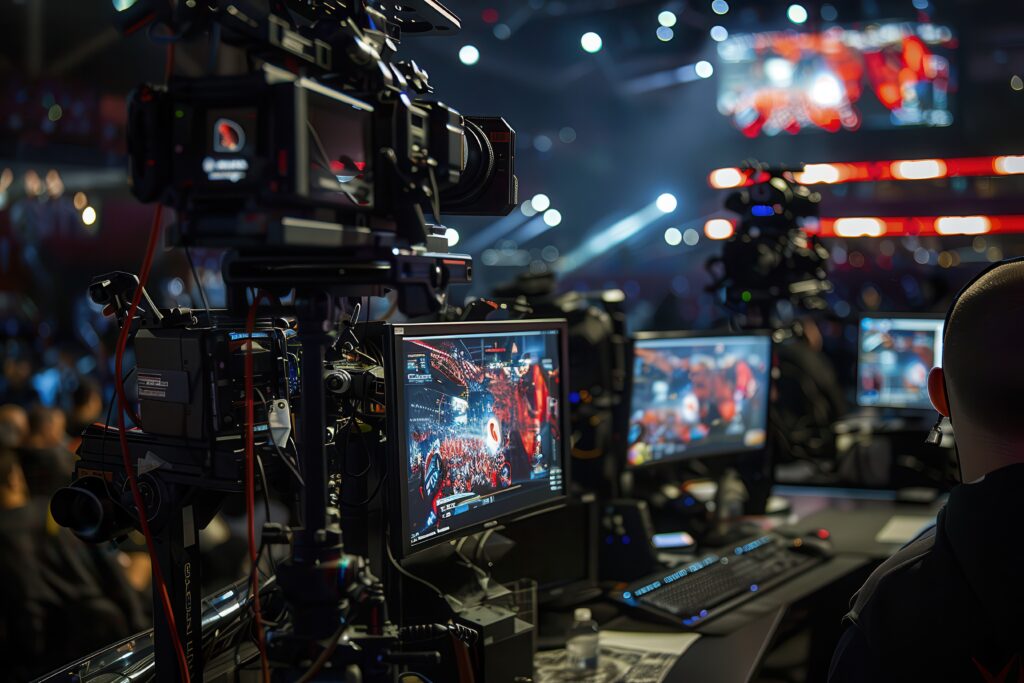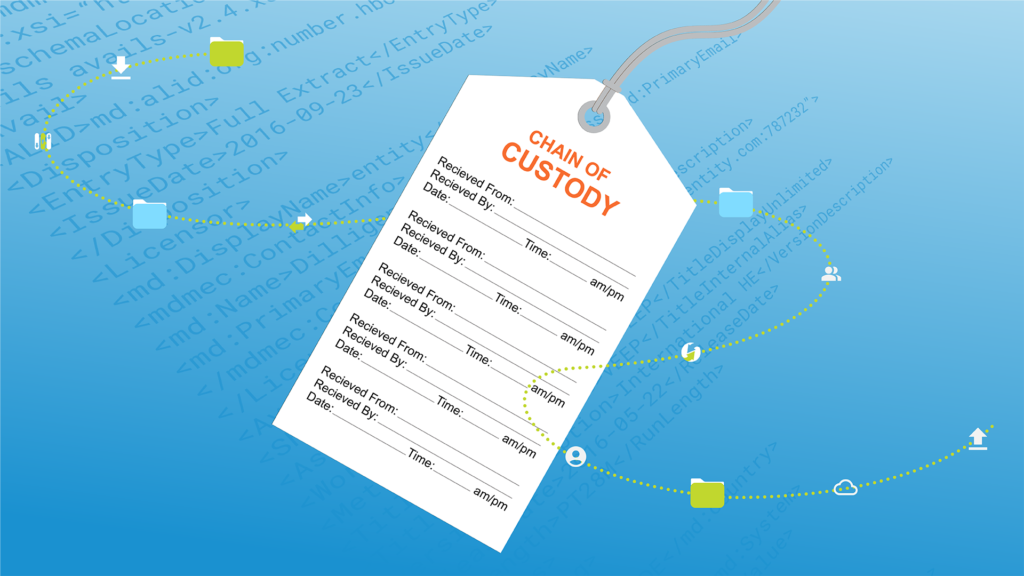Sports Video Group | New Digital Workflow, Same Grueling Workout for NFL Films’ Hard Knocks
By Karen Hogan, Associate Editor
The toughest five weeks you’ll ever love.
The tagline for HBO Sports’ Hard Knocks, now in its seventh season, may refer to the players fighting to make the Miami Dolphins’ 53-man roster, but it’s just as relevant for the guys behind the scenes as well.
“It’s become a rallying point for all of us involved in the project,” says Ken Rodgers, supervising producer for NFL Films and show head of Hard Knocks. “It is the toughest five weeks we ever love. As [NFL Films President] Steve Sabol says, it’s our Super Bowl before the season even starts.”
Certainly, the turnaround speed and massive amount of footage present a herculean challenge for the Hard Knocks crew, both on-site and at NFL Films’ headquarters in Mount Laurel, NJ. Given that the site for this year’s season is more than 1,000 miles away from NFL Films, Rodgers was faced with the added challenge of distance.
For the first time in Hard Knocks history, no footage was shot on tape. Rodgers’ crew shot more than 250 hours of footage per week, feeding it to Mount Laurel through a secure, 24-hour 1 GB data line using Signiant file-accelerated transfer software. The abundance of footage was copied to a hard drive in Miami before file transfer, archived to LTO tape and spinning disc in Miami, and archived to LTO tape and spinning disc in Mount Laurel.
“It’s not that we were a little nervous about shooting strictly digital,” explains Ed Sherrier, director of new media services for NFL Films, “but we wanted to make sure that we were covered in any eventuality.”
Material sent from Miami was available to producers and editors in Mount Laurel in less than four hours and was cut on Apple Final Cut Pro 7 and Avid Media Composer.
On the Field, in the Front Office, Under Water
The primary camera in the Hard Knocks arsenal was the Panasonic HPX-3100 P2 camcorder. Slow-motion shots were captured with the ARRI Alexi camera, which shoots 60 or 120 frames and records to SxS cards in ProRes 4:2:2 format. The Canon C300 supplies B-roll and interstitial footage, and remote-controlled GoPro cameras capture footage in elevators and hallways.
“[In] previous times, you would have to basically wait for a shot to happen in 30 minutes: you’d have to prestart the camera, let it roll, have all that extraneous stuff that nobody would ever use, and then try to weave through [the footage] when it got back [to Mount Laurel],” says Allen M. Sandrow, equipment manager for the camera department. “Now you can start the camera five, 10 minutes before the shot is going to happen.”
For the opening sequence, Rodgers secured a Red Epic camera and special housing to shoot 4K and 5K images underwater. POV shots from the coach’s booth during weekly games were supplied by Iconix Video HEAD-RH1 compact HD camera system head, which recorded to AJA Ki Pro. Panasonic AW-HE120 robotic cameras, also recording to Ki Pros, rounded out the complement and gave the crew a way to capture all-access footage unobtrusively.
“Our cameras are allowed everywhere,” says Rodgers. “The access is full, and that’s no more evident than in the meeting rooms and front offices, where we have the robotic cameras that are controlled remotely by our camera operator. It would be both impractical and intrusive to have a four-person crew come into an office and shoot a conversation between a head coach and a player who is being cut, or being congratulated. Instead, we capture all of that through cameras placed in the room weeks ahead of time and camera mikes placed throughout the room that capture the audio.”
With the exception of the Panasonic robotic cameras, which are shot in 60i, Hard Knocks is shot entirely in 24p.
Everybody’s Talking at Me
Audio presents another challenge to the Hard Knocks crew: not the capture necessarily but the organization. For the two daily practices, up to 12 players and/or coaches are miked, which adds up to approximately 70 sessions of audio material throughout the five weeks of training camp. With a weekly game and the additional wiring of players outside of practice, Rodgers estimates that he has to deal with the audio for approximately 100 different people.
“The real challenge with audio comes from the fact that, unlike [an application like NVIDIA] SceniX, where you can spot [a good-looking shot] right away, some of the audio won’t pay off until two days later,” says Rodgers. “If someone’s discussing a particular type of a play they want to work on, and then, three days later, we capture that person doing well with that play or not doing well with that play, we have to know that that earlier sound bite exists.”
A complicated but efficient logging system combined with a cataloging system based on numerical identifiers for both hi-res and lo-res material keeps the Hard Knocks crew aware of where material lives — pivotal to quickly turning 250 hours of footage into a one-hour weekly show.
There’s the Expected, Then There’s Chad Johnson
The heart of any documentary lies in its subjects, and Hard Knocksis no different. Rodgers’s team targets about two dozen possible storylines prior to the start of camp, but, because the show is entirely unscripted, these are often quickly replaced by storylines no one could have expected.
“We don’t influence anything on-site, from who people room with to who makes the team to what they eat or when they do anything,” Rodgers explains. “We certainly went into camp thinking Chad Johnson’s story would be one of redemption and finding his way back after a subpar season in New England to the top of the wide-receiver ranks. We could have never imagined that, in the second episode, it would turn on a dime and feature his cut from the team. The challenge with documentary filmmaking is letting go of what you think is going to happen or what you would like to happen and focusing on what’s actually happening.”
Worth the Hard Work
The final episode of this season of Hard Knocks will air on Tuesday Sept. 4, wrapping up a grueling five weeks for players and crew alike.
“The players and coaches who’ve been featured on Hard Knocks always say that they’re amazed [by] the manpower, the work ethic, and the length of time our crews have to [work],” says Rodgers. “Because, when the players wake up and arrive at the facility, we’re there, and, when they’re going to bed, we’re also there, and they realize that it takes hours on both ends to both set up and break down for the day.”
However, for Rodgers’s crew, the long days are well worth seeing a week’s worth of hard work pay off each Tuesday night.
“It’s the hardest job we do all year long, and we are beaten down during it,” says Rodgers. “[But] when the show is over, all of us look at each other and say, when can we start again?”


